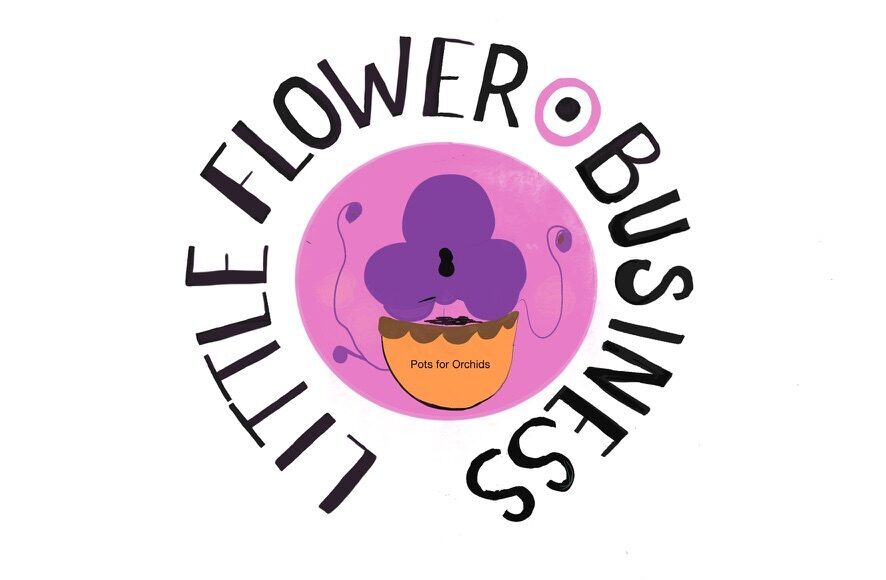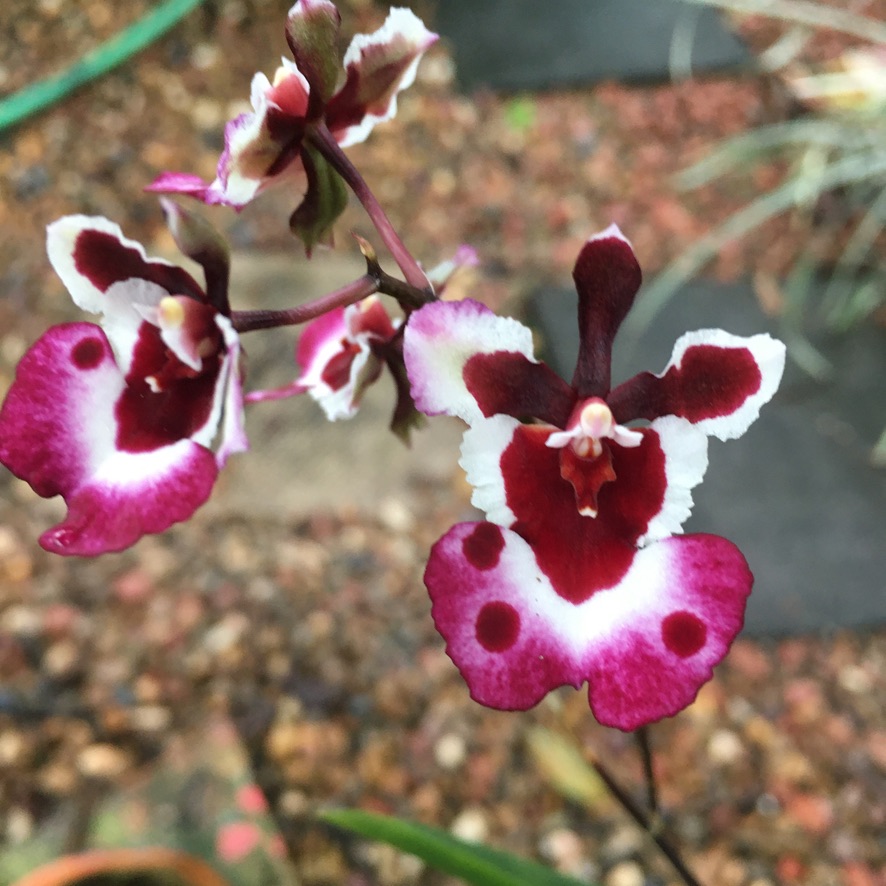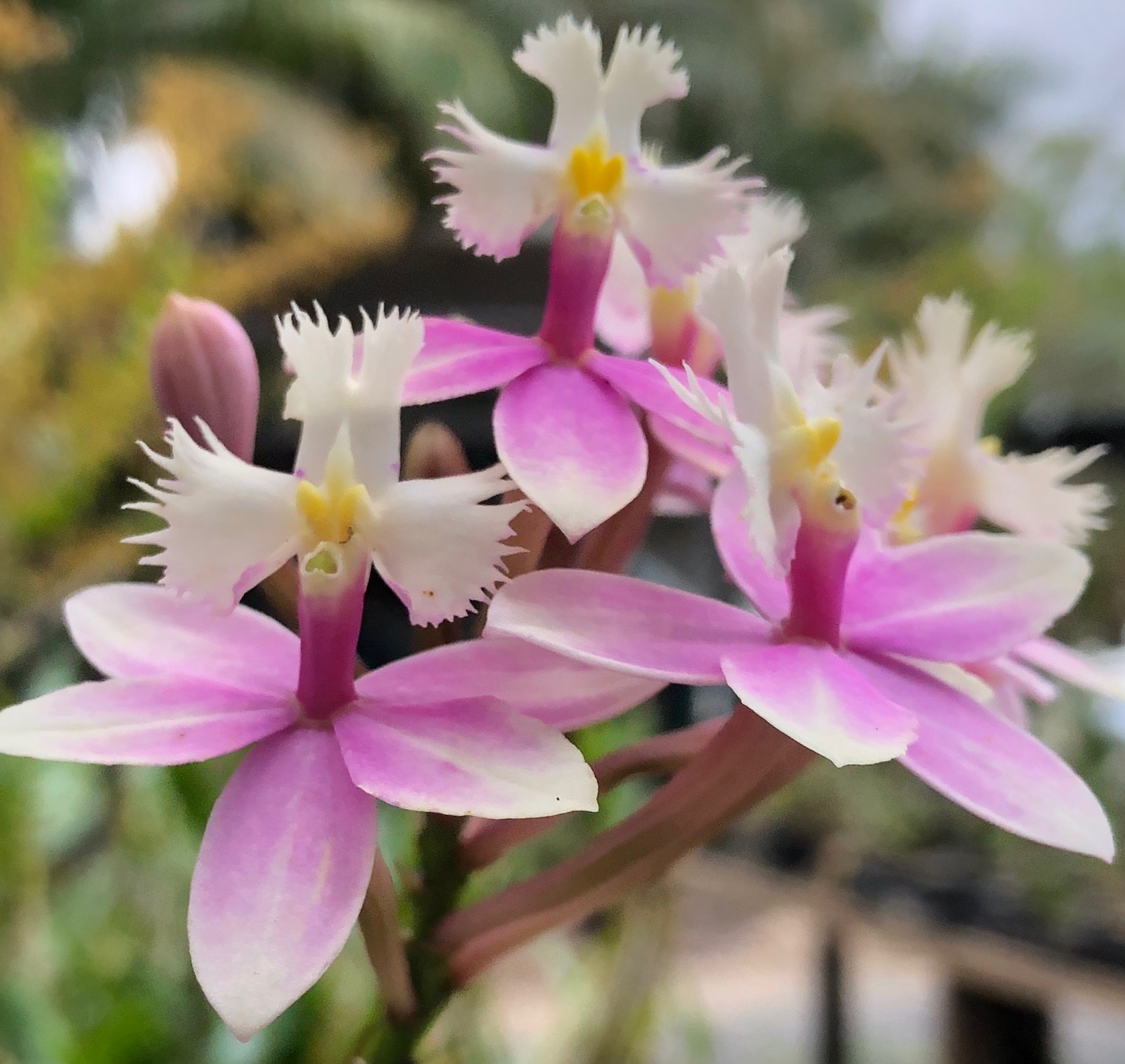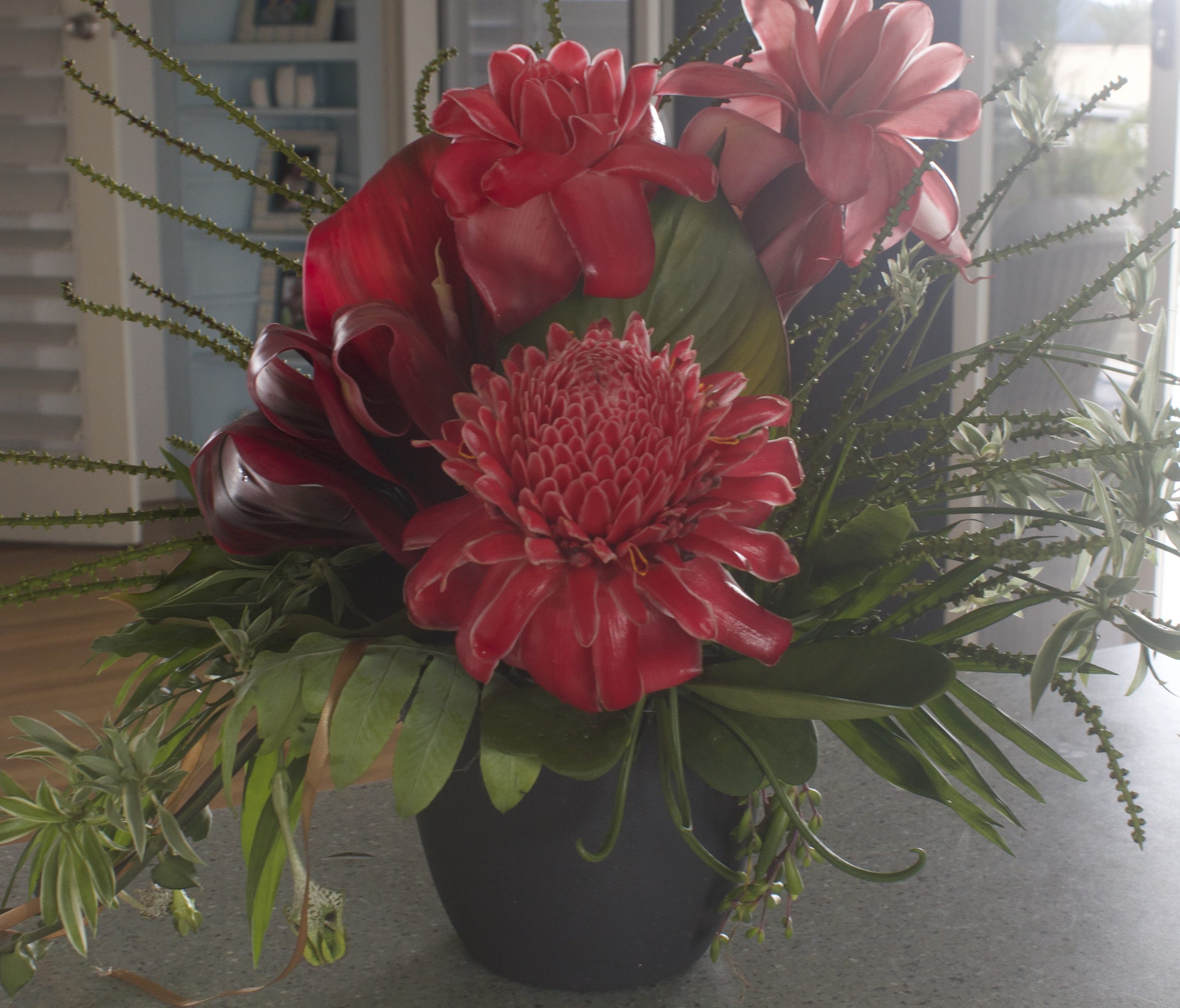In the colourful world of orchid cultivation, an interesting phenomenon has emerged that of selling orchid crosses and bypassing traditional plant breeding processes involving selection, backcrossing, and generations of careful development, leaving buyers with unpredictable results.
The Rush to Cross
The orchid market today is flooded with an astonishing variety of orchid crosses. A quick browse through any specialist catalogue reveals hundreds of intergeneric and interspecific hybrids with exotic names but often little information about their development process.
Dr. Harold Koopowitz, professor emeritus at the University of California and author of “Tropical Slipper Orchids” says; “The primary hybridisation is relatively straightforward—it’s the subsequent selection process that distinguishes serious breeding programmes from casual crossing,”
The Science Behind Breeding
Traditional plant breeding follows established scientific principles. According to research published in the Journal of Experimental Botany, a proper breeding programme involves:
1. Making an initial cross
2. Evaluating first-generation (F1) offspring
3. Selecting superior individuals
4. Performing backcrosses or sibling crosses
5. Repeating selection over multiple generations
6. Stabilising desirable traits
7. Testing in various environments before commercial release
This process often takes 8-12 years for most ornamental plants, and potentially longer for orchids due to their extended growth cycles.
The Shortcut Phenomenon
Evidence suggests many commercial orchid “breeders” are primarily performing just the first step—creating a cross—and then selling the resulting seedlings with minimal selection.
“Many nurseries sell F1 crosses directly to consumers, which means the buyer is essentially participating in the selection process that traditionally would occur behind the scenes,” notes Ryan Contreras, Professor of Ornamental Plant Breeding at Oregon State University.
This approach isn’t necessarily problematic if properly disclosed, but it shifts the risk onto the consumer. When purchasing such crosses, buyers are essentially gambling on receiving a plant with desirable characteristics.
The Economics of Crossing vs. Breeding
The economic incentives driving this trend are clear. A proper breeding programme needs:
– Greenhouse space for hundreds or thousands of seedlings
– Years of maintenance costs
– Scientific expertise
– Detailed record-keeping
Conversely, simply creating crosses and selling the offspring requires significantly less investment whilst still allowing sellers to market “new” varieties.
A study in HortScience estimated that developing a properly selected new cultivar costs between AUD\$90,000-180,000 when accounting for all resources, whereas producing a simple cross might cost less than AUD\$1,800.
What This Means for Orchid Enthusiasts–understanding Nomenclature
For hobbyists, understanding this distinction is crucial. When purchasing a named hybrid clone (e.g., Phalaenopsis ‘Sweet Memory’), one can expect consistent characteristics. However, when buying a cross (e.g., Phalaenopsis Timothy Christopher × Phalaenopsis Golden Amboin), results may vary dramatically.
“It’s rather like buying a lottery ticket,” says Howard Ginsberg of the British Orchid Council. “You might get something stunning and unique, or something quite ordinary. The adventure is part of the appeal for some growers.”
Finding the Balance and understanding Nomenclature
This isn’t to suggest that all modern orchid breeding lacks rigour. Establishments like the Royal Horticultural Society’s Orchid Committee still maintain high standards for awarded cultivars, and specialist breeders continue traditional practices.
For consumers, knowledge is power. Understanding the difference between:
– Named, meristem-propagated clones (genetically identical plants)
– Grex names (all offspring from a specific cross)
– Primary hybrids (first-generation crosses)
allows for informed purchasing decisions based on one’s tolerance for variability and willingness to participate in what is essentially a botanical lottery.
The Way Forward
Perhaps the current state of orchid breeding represents not a problem but an evolution—a democratisation of the development process that invites enthusiasts to participate in discovery. After all, every prestigious cultivar began as an unpredictable seedling.
For those seeking certainty, established clones remain available. For the adventurous, primary crosses offer the thrill of potentially growing something unique—provided one approaches such purchases with realistic expectations.
In the end, whether orchid breeding today represents art, science, or gamble depends largely on the transparency of sellers and the knowledge of buyers. With proper understanding, both approaches can coexist in the wonderfully diverse world of orchid cultivation.
For more information about growing orchids visit the American Orchid Society and the Australian Orchid Council You can also view my series of articles on how to grow orchids here
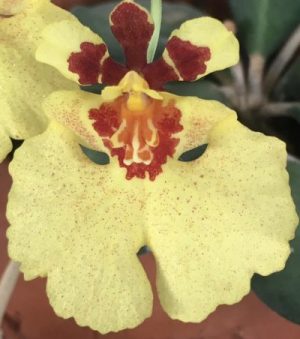
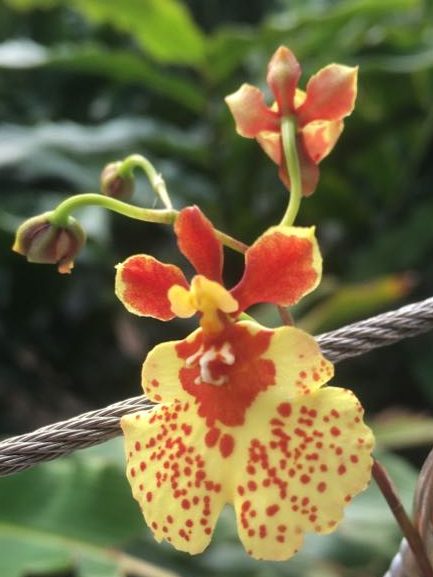
Showing the different variation in flowers from a cross of Tolumnia Ky-Elles Dawn ‘Nice One’ x Capalaba ‘Big is Best’
References:
Fay, M.F. (2018). “Orchid conservation: how can we meet the challenges in the twenty-first century?” *Botanical Studies*, 59(1), 16.
Koopowitz, H. (2008). *Tropical Slipper Orchids: Paphiopedilum and Phragmipedium Species and Hybrids*. Timber Press.
Contreras, R., & Ranney, T. (2019). “Breeding approaches for developing novel ornamental plants.” *HortScience*, 54(6), 938-945.
Royal Horticultural Society. (2023). *Orchid Registration Guidelines*. RHS Publications.
Pridgeon, A.M., Cribb, P.J., Chase, M.W., & Rasmussen, F.N. (2014). *Genera Orchidacearum Volume 6: Epidendroideae (Part Three)*. Oxford University Press.
